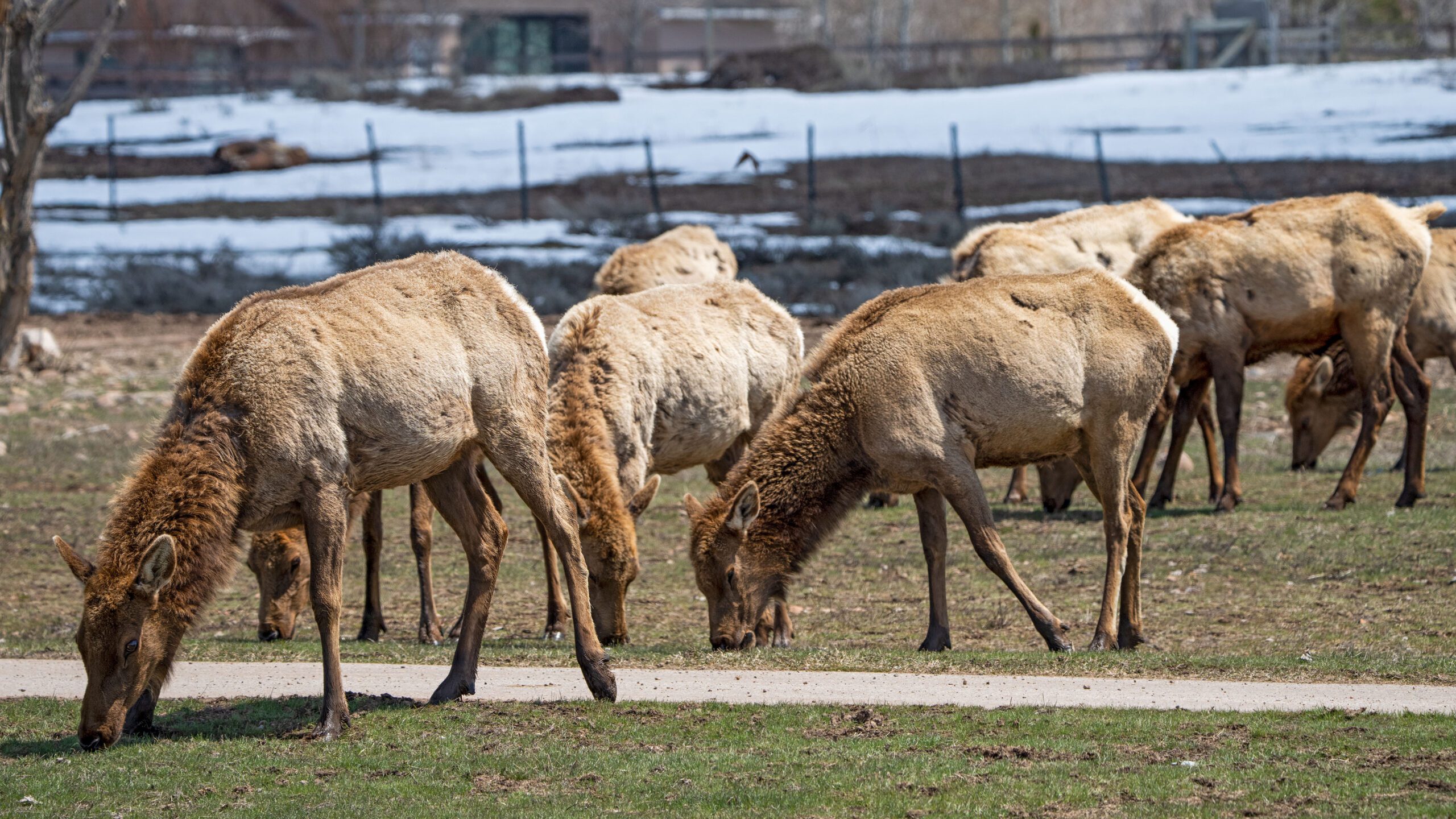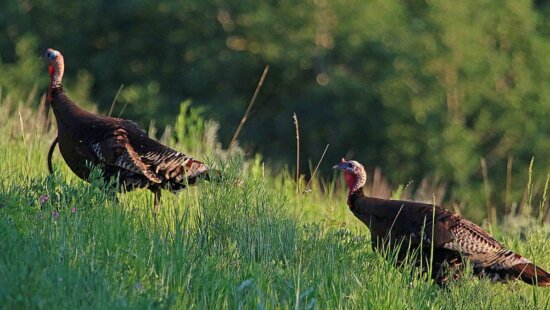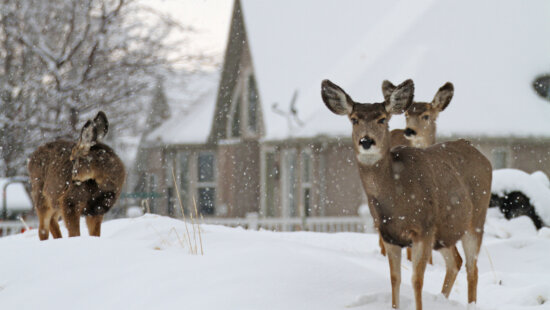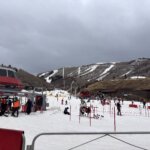Sports
Archery hunters urged to follow safety guidelines, prepare ahead of Aug. 16 season opener

Photo: Utah Division of Wildlife Resources.
SALT LAKE CITY — With Utah’s first big game archery hunts of the fall set to begin Saturday, Aug. 16, wildlife officials are encouraging hunters to take precautions and prepare thoroughly for a safe and successful season.
The 2025 general-season buck deer archery hunt and the general spike and any-bull elk archery hunts mark the beginning of Utah’s fall big game season. While archery hunting lacks the risks associated with firearms, it still presents significant safety challenges.
Tree stand safety and gear precautions
RaLynne Takeda, Hunter Education Program Manager for the Utah Division of Wildlife Resources, warned that hunters often overlook the combined weight of their gear and their body when using tree stands.
“If the combined weight of your body and the equipment is greater than the weight the stand can support, it could easily collapse, sending you and your gear crashing to the ground below,” Takeda said.
Takeda emphasized the importance of using a safety harness — also known as a fall arrest system — whenever climbing or sitting in a tree stand. Equipment should be raised and lowered using a haul line to avoid the danger of carrying gear while climbing.
Additionally, hunters are reminded that only portable tree stands are permitted on land managed by the U.S. Forest Service and Bureau of Land Management. Building permanent stands on those lands is illegal.
Arrow safety and target awareness
Takeda cautioned hunters against handling uncovered broadhead arrows prematurely.
“Every year, we receive reports of hunters getting injured falling from trees or jabbing themselves or other hunters while carrying arrows in their hands,” she said. “The time you’ll save by carrying arrows in your hand or nocked on your bow isn’t worth the risk.”
She also underscored the importance of knowing what lies beyond a target, warning that “arrows, especially carbon arrows, can hit with great force at distances as far as 100 yards from the point of release.”
Tips to prepare for the hunt
The DWR recommends a number of preparatory steps for hunters before heading into the field:
- Inspect equipment: Hunters should check bows for cracks, frayed strings, and pulley damage. Arrows must match the draw weight of the bow to prevent injury or loss of accuracy.
- Sharpen broadheads carefully: While broadheads must be razor sharp, hunters should take care not to injure themselves during the sharpening process.
- Practice with hunting gear: Practicing with the same broadheads used in the field increases familiarity and accuracy.
- Know your access rights: Hunters must secure documented permission to hunt on private land or cross it to reach public land.
- Scout the area and boundaries: Advance scouting helps hunters avoid crossing into restricted areas and ensures compliance with unit boundaries.
Legal and ethical responsibilities
Hunters are reminded to know and follow local ordinances, especially in urban areas such as Salt Lake County, where restrictions on the use of archery equipment are stricter than in other areas of the state.
The DWR also encourages hunters to consider its optional bowhunter education course, which covers safety, ethics and hunting methods. The course is available online or in person.
Additional planning tools, including unit-specific maps, safety information, and buck-to-doe ratios, are available on the Utah Hunt Planner.
Post-shot protocol and field dressing
Hunters are required to physically check the area where they shot at an animal to determine if it was wounded or killed. If an animal is struck, the DWR advises hunters to wait 30 minutes before tracking to avoid pushing it further away.
Blood trails should be marked using biodegradable tape to help visualize the animal’s path. Once found, hunters should confirm the animal is deceased by checking for open eyes and using a long stick to touch the eye.
Once confirmed dead, the animal should be field dressed and the meat cooled immediately. Warm weather during the fall season increases the risk of spoilage.
State regulations require hunters to harvest meat from the front quarters above the knee, hindquarters above the hocks, and along the backbone, including the loins and tenderloins.
Fire restrictions and land use
Due to ongoing drought conditions and high temperatures, most public lands prohibit campfires this season. The DWR directs hunters to the Utah Fire Sense website for up-to-date fire regulations and safety tips.
Hunters should also check with federal land agencies for information about prescribed burns, which may be scheduled during hunting seasons to reduce wildfire risk and improve habitat.
Lastly, the 2025 Utah Big Game Field Regulations Guidebook is available for free online, in DWR offices, or via the Utah Hunting and Fishing mobile app.
For more information on hunter education, regulations, or unit-specific guidance, visit wildlife.utah.gov.




















